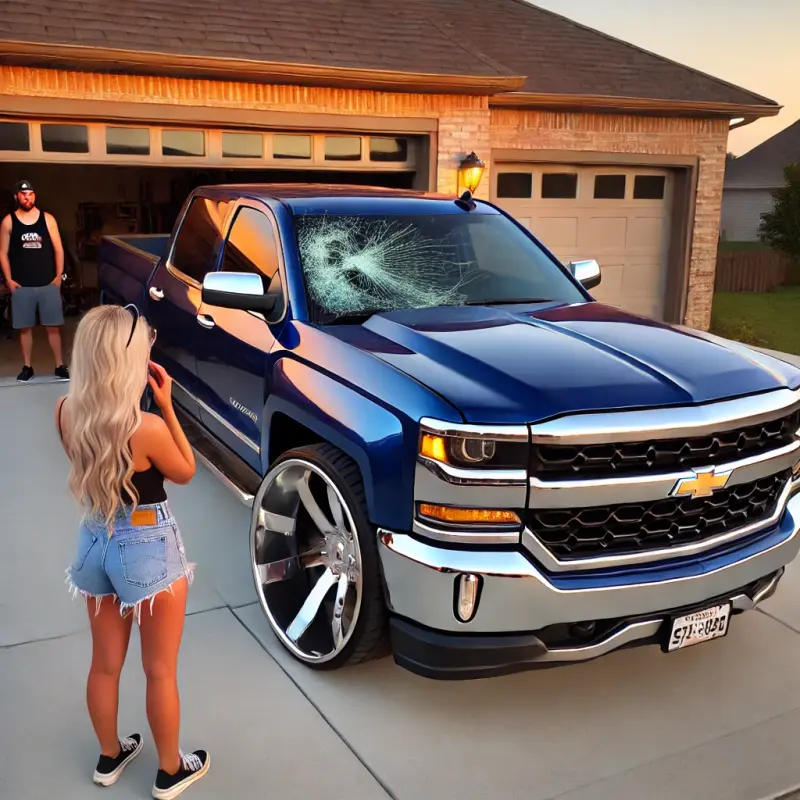Introduction
In the ever-evolving world of automotive technology, the materials used in vehicles play a crucial role in ensuring safety, performance, and aesthetics. Among these materials, laminated glass has emerged as a game-changer, particularly for modern windscreens. This article delves into what makes laminated glass ideal for modern windscreens, exploring its features, benefits, and how it compares to traditional glass. Whether you're considering windshield replacement or windshield repair, understanding the advantages of laminated glass will equip you with the knowledge needed to make informed decisions.
What Makes Laminated Glass Ideal for Modern Windscreens?
Laminated glass is a composite material consisting of two or more layers of glass sandwiched around a layer of polyvinyl butyral (PVB). This unique construction offers numerous advantages that traditional tempered glass simply cannot match.
Enhanced Safety Features
Impact Resistance- Laminated glass is specifically designed to withstand impacts from flying debris, making it an ideal choice for windshields. In the event of an accident or collision, laminated windshields are less likely to shatter into sharp shards, reducing the risk of injury.
- The PVB layer in laminated glass blocks up to 99% of harmful UV rays. This feature not only protects passengers from sun exposure but also helps prevent dashboard fading and interior degradation.
- Laminated glass provides superior sound insulation compared to regular glass. The PVB layer dampens noise from outside, creating a quieter cabin environment—a significant advantage during long drives.
Durability and Longevity
Weather Resistance- Laminated windshields are less susceptible to weather-related damage. They can endure extreme temperature fluctuations without compromising structural integrity.
- The outer layer of laminated glass is often treated to resist scratches. This means your windshield will maintain its clarity longer than traditional options.
- Laminated glass typically has a longer lifespan due to its robust composition. Fewer replacements mean lower overall ownership costs for vehicle owners.
Cost-Effectiveness
Reduced Repair Frequency- With enhanced durability comes reduced need for repairs. A windshield made from laminated glass may require fewer instances of windshield repair, saving money over time.
- Many insurance policies offer better coverage on vehicles equipped with laminated windshields. This can lead to lower premiums and out-of-pocket costs during repairs or replacements.
Comparing Laminated Glass with Traditional Glass
Understanding the differences between laminated and traditional tempered glass helps clarify why manufacturers prefer laminated options for modern windscreens.
Structural Differences
- Traditional tempered glass is created by heating and rapidly cooling which makes it strong but brittle. Laminated glass relies on adhesion between layers leading to greater flexibility without sacrificing strength.
Safety Considerations
| Feature | Laminated Glass | Traditional Glass | |------------------------------|---------------------------|----------------------------| | Shatter Resistance | High | Moderate | | UV Protection | Yes | No | | Sound Insulation | Excellent | Poor |
Aesthetic Appeal
Clarity and Visibility
- Laminated windshields provide excellent optical clarity without distortion. This can enhance both driving comfort and overall aesthetic appeal.
Customization Options

- Manufacturers can easily incorporate tints and shades into laminated windshields. This customization allows car manufacturers more creativity in design.
Applications Beyond Automobiles
While we primarily associate laminated glass with automotive applications, it has found utility in various other fields:
Architecture
- Used in high-rise buildings for its safety features. Provides thermal insulation while enhancing aesthetic value.
Marine Industry
- Commonly used in boat windows due to its ability to withstand harsh marine conditions.
Security Glazing
- Essential for banks and jewelry stores where high-security measures are required.
The Process of Windshield Replacement Using Laminated Glass
Replacing a windshield involves several steps to ensure proper installation and functionality:
1. Assessment
- A professional assesses the extent of damage before proceeding with replacement options available—whether it's complete replacement or localized repair.
2. Removal
- Careful removal of the damaged windshield is crucial; improper techniques can lead to further harm or leaks post-installation.
3. Installation
- New laminated glass is installed using special adhesives designed for bonding with PVB layers effectively.
4. Curing
- Allow sufficient time for curing adhesives before exposing the vehicle to stressors like rain or pressure changes.
FAQs About Laminated Glass Windscreens
Q1: What are the main benefits of using laminated glass in windscreens?
A1: The primary benefits include enhanced safety through impact resistance, UV protection, sound insulation, durability against weather extremes, scratch resistance, longevity, and cost-effectiveness through reduced repair frequencies.
Q2: Can I replace my traditional windshield with a laminated one?
A2: Yes! Most vehicles can be retrofitted with laminated windscreens during replacements as long as they meet manufacturer specifications.
Q3: How does lamination affect windshield repair?
A3: Repairs on laminated windshields Concord Auto Glass can be more complex due to their multi-layered structure; however, many damages can still be successfully repaired if addressed promptly by professionals.
Q4: Is there any downside to using laminated windshields?

Q5: Are all modern cars equipped with laminated windscreens?
A5: Not all cars have them yet; however, many manufacturers are increasingly opting for this technology given its clear advantages over traditional options.
Q6: How should I maintain my laminated windshield?
A6: Regular cleaning with non-abrasive materials will help preserve clarity; avoid placing heavy objects against it which could cause undue stress or damage over time.
Conclusion
In summary, what makes laminated glass ideal for modern windscreens encompasses an array of attributes that contribute significantly toward passenger safety, vehicle longevity, and aesthetic appeal. As we've explored throughout this article—from its enhanced impact resistance properties to its cost-effectiveness—laminated glass proves itself as not just another option but rather the gold standard in automotive glazing technology today. Whether you're facing a need for windshield replacement or contemplating repairs after an unfortunate incident involving your vehicle’s front end—understanding these principles will empower you as a discerning consumer ready to make well-informed choices tailored precisely towards your needs!
As you consider your next steps regarding your vehicle's safety features including potential upgrades involving laminating technologies—you'll find yourself entirely equipped now with insights garnered here today!